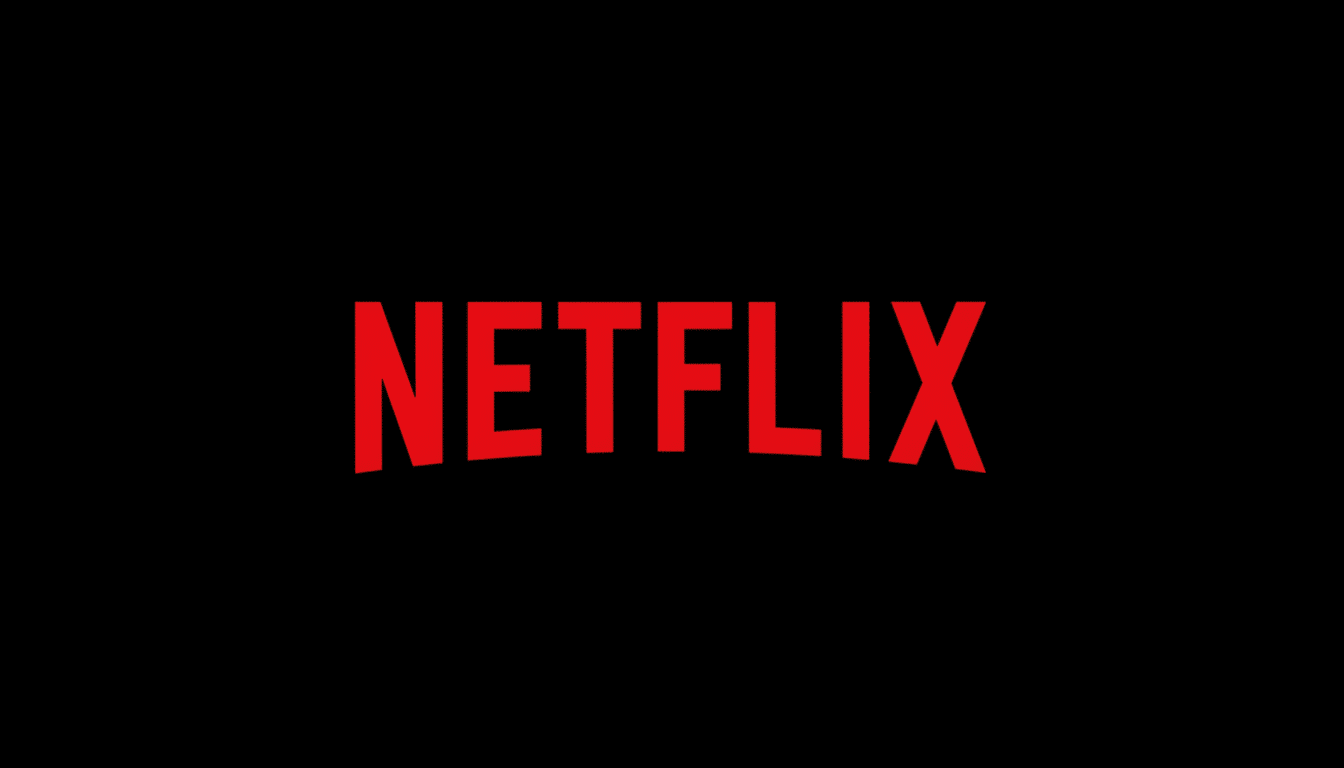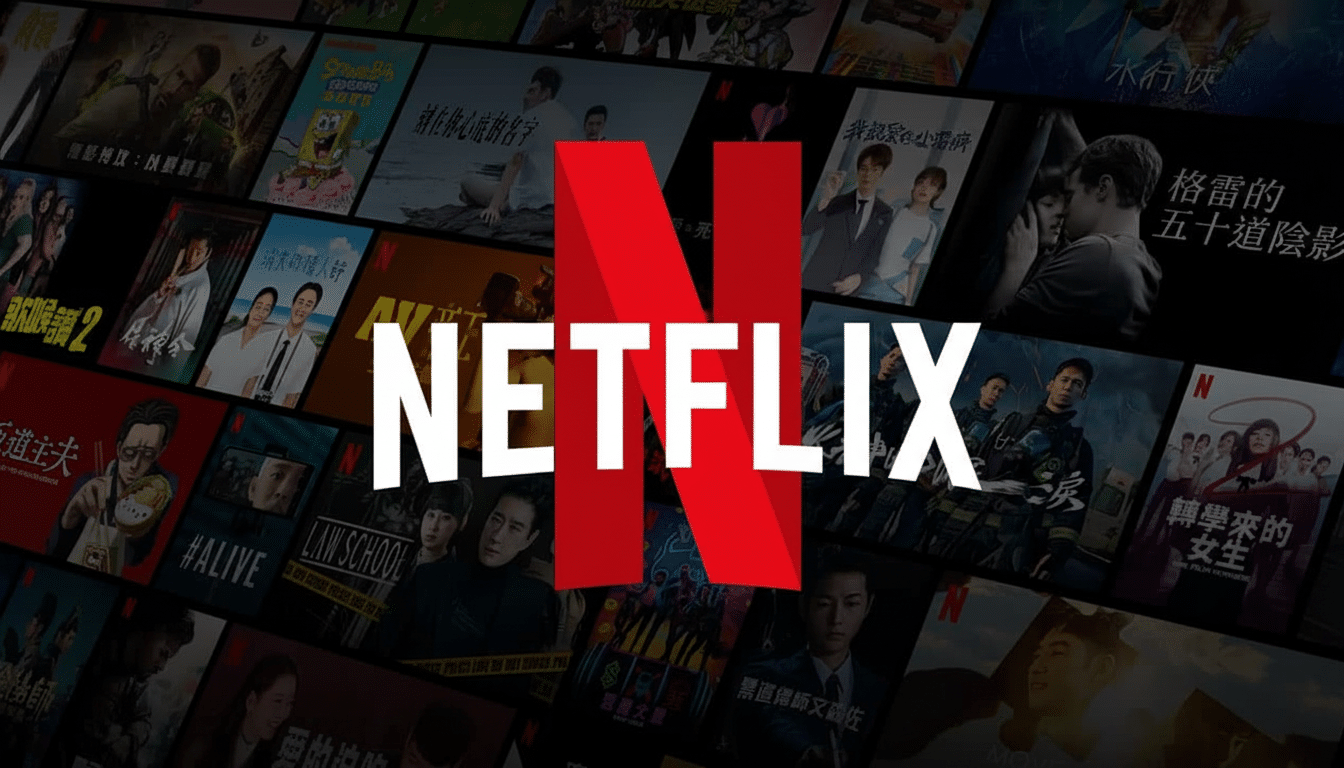California just made loud streaming ads illegal — giving Netflix, Hulu, Prime Video and Disney+ a warning, along with every ad-supported platform. A new state law signed by Gov. Gavin Newsom mandates that commercial audio must be level with the programming it introduces, thus extending television’s long-standing quiet-ad rule into the streaming era.
Modeled after the federal Commercial Advertisement Loudness Mitigation framework, Senate Bill 576 zeroes in on one of the most annoying connected-TV practices: ear-piercing volume elevations when TV shows pause for commercials. When the law goes into effect, streamers and their ad-tech partners will need to show ads are loudness-normalized according to accepted audio standards, rather than just turned down willy-nilly.
- What the Law Requires for Consistent Streaming Ad Volume
- How Platforms Will Comply With California’s Loudness Law
- Why Viewers and Advertisers Care About Consistent Ad Volume
- Enforcement and Accountability Under California’s Ad Loudness Law
- Ripple Effects Beyond California as Platforms Standardize Ad Audio
- Backstory and Politics Behind California’s Streaming Ad Law
- What Advertisers and Platforms Should Do Now to Comply
- The Bottom Line on California’s Streaming Ad Loudness Rules

What the Law Requires for Consistent Streaming Ad Volume
The law bars platforms from broadcasting ad audio that plays at a higher volume than an app’s program content that a viewer is watching. In practice, that may mean services should be normalizing commercials to an integrated loudness target and controlling true peaks consistently across devices whether the viewer is on a smart TV, phone or game console.
California’s legislation follows technical development taken for broadcasting: adopting loudness measurement using the ITU-R BS.1770 algorithm and techniques similar to those of ATSC A/85 and EBU R128. Those standards are based on integrated loudness readings that are explained in LKFS or LUFS, in addition to short-term gating that sets the bar for ads sounding perceptibly hotter than the surrounding show or movie.
How Platforms Will Comply With California’s Loudness Law
The heaviest lifting for streamers is server-side ad insertion. Programmers and ads were woven together by platform in real time, getting spots from exchanges and direct campaigns. To conform, they’ll need tight ingest specs, automated loudness analysis upon arrival, and normalization at the encoder or just-in-time packager before an ad gets into the stream.
Look for the proliferation of audio QC tools and loudness meters from companies such as Dolby and Nugen Audio, along with CDNs and player SDKs that maintain loudness metadata throughout the delivery chain. Some of them will also insert client-side protections to iron out lingering spikes provoked by device sound levels, speech enhancement modes or overzealous mixes in Dolby Atmos.
Why Viewers and Advertisers Care About Consistent Ad Volume
Viewers repeatedly report sudden volume increases as a leading frustration with streaming. But since the TV rule went into effect, the Federal Communications Commission has received continuous complaints on loud commercials, and consumer advocates say the problem migrated to connected TVs as ad-supported streaming expanded. Nielsen’s Gauge has streaming dominating a greater share of the TV usage pie, which exacerbates the problem — and any fix.
For advertisers, the message isn’t “quieter” but “consistent.” Creative can still be punchy while not busting volume limits. Agencies which are already supplying CALM-compliant masters for cable and broadcast will carry these practices over into sales to CTV, making certain mixes hit an integrated-loudness target and a true-peak ceiling whilst maintaining needed clarity for dialog, music, and sound effects.
Enforcement and Accountability Under California’s Ad Loudness Law
California’s consumer protection infrastructure will be charged with enforcing the rule through complaints and investigations, and civil penalties can be assessed in cases of noncompliance. Platforms will probably keep audit trails, including loudness logs, ad identifiers and delivery timestamps, that state officials can use to check for compliance. The statute also creates a point of leverage for streamers to insist on compliant masters from their ad buyers and creative shops.

Significantly, responsibility won’t rest with any single link in the chain. Publishers, DSPs and ad networks that transcode or repackage media must assure the maintenance or restoration of loudness controls. Third-party verification and arbitrary spot checks — akin to brand-safety or viewability audits — are set to become CTV quality assurance status quo.
Ripple Effects Beyond California as Platforms Standardize Ad Audio
Companies frequently roll out statewide mandates nationwide to prevent a fragmented workflow since so much of the entertainment industry and a large share of connected-TV households are in California. Standards-based loudness normalization is relatively easy to scale, so faraway viewers may benefit too as platforms implement uniform settings across their catalogs and ad stacks.
The move also helps reps streamline with user-friendly standards in broadcast and European markets, cutting out creative guesswork for global campaigns. Industry groups, including the Interactive Advertising Bureau and the Advanced Television Systems Committee, already publish guidelines that align with how this state would regulate, so harmonization wouldn’t have to be as painful as it may have been a few years ago.
Backstory and Politics Behind California’s Streaming Ad Law
SB 576 was introduced by State Senator Tom Umberg, who said the idea came after a staffer whose sleeping infant kept getting woken up by streaming ads. The anecdote struck a chord because it’s so much what so many households live through each evening: Everybody relaxed watching Tabitha in some cute little dialogue routine, and then an ad break snaps you to attention. Framed that way, the bill was a simple quality-of-life initiative.
What Advertisers and Platforms Should Do Now to Comply
Establish definitive ingest specs with CALM-compliant loudness targets, and refuse or auto-fix non-compliant files. [WORLD’S FIRST TV SOUND MODE DEVICE] Enjoy a personalized sound experience from your home theater system in any room using your smartphone or tablet, stream and control everything directly from the app. Normalized at the source for full audio quality from smart TVs and soundbars alike, ensuring consistent levels even when changing channels. Validate all potential ad playback paths — direct deals, programmatic guaranteed, and open exchange — to guarantee that no downstream transcode undoes your mix.
Lastly, test on real living-room speakers at typical listening levels. Loudness meters ensure compliance, but the human ear picks up artifacts that can range from over-compression to clipped peaks or dialogue lost beneath music. The aim is comfortable, steady volume but where creative can still shine.
The Bottom Line on California’s Streaming Ad Loudness Rules
California’s new ban on loud streaming commercials aligns the internet TV experience with the promise of on-demand convenience: fewer annoyances and more control. With clear standards and off‑the‑shelf tools, you too can comply — while viewers finally get some respite from the ad break jump scare.

